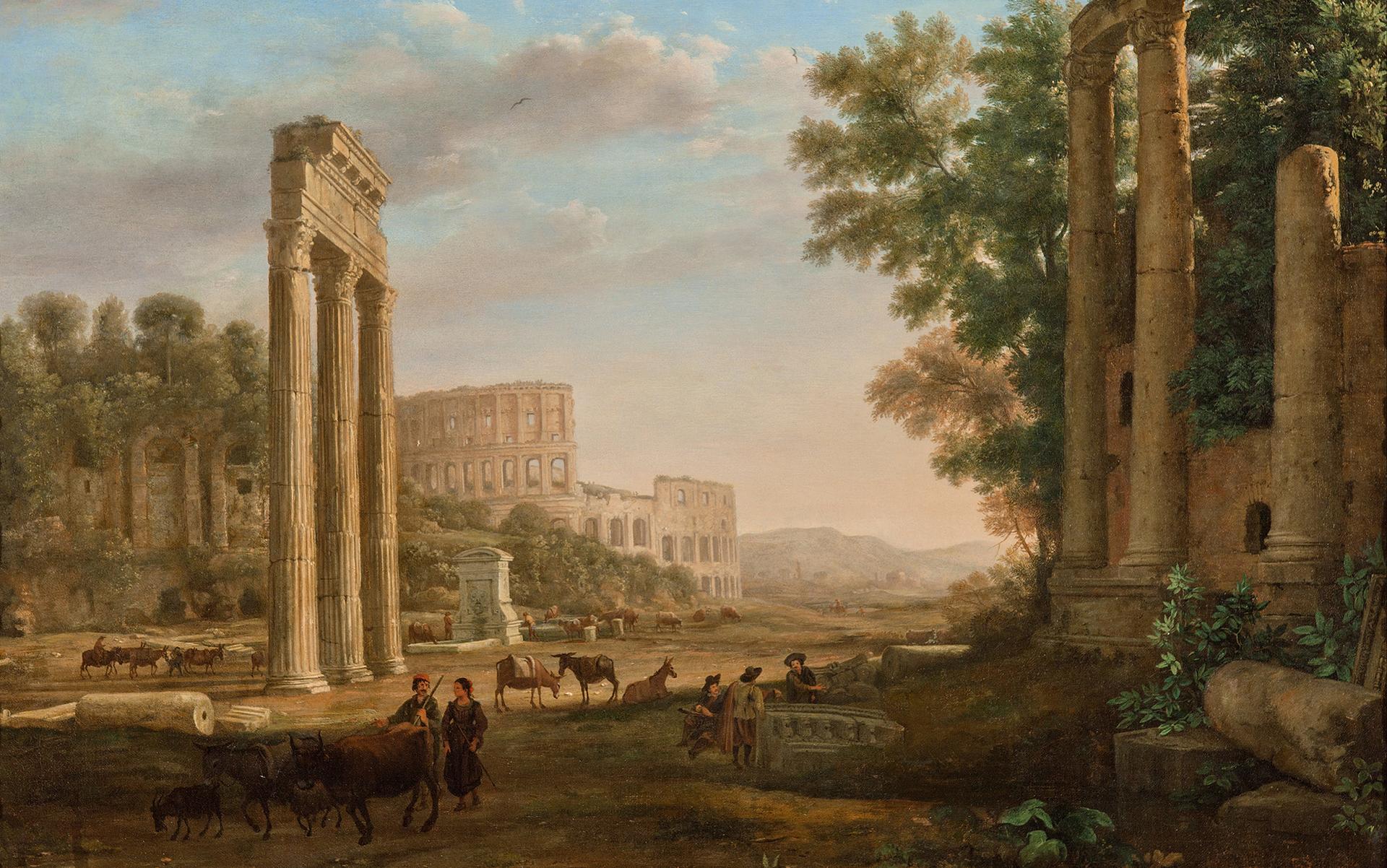by LUKE KEMP

Societal downfalls loom large in history and popular culture but, for the 99 per cent, collapse often had its upsides
No one walks among the wild goats and darting snakes of the mountain, its steppe where grew the succulent plants grew nothing but the reed of tears … Akkad is destroyed!
This lament is from the ‘Curse of Akkad’, a poem written about the fall of the Akkadian Empire, which reigned more than 4,000 years ago in the Near East. Yet it’s more myth than reality: despite the tragic language about a destroyed city, the capital of Akkad did not disappear. It was still occupied and, later, new kings took over its rule: the Third Dynasty of Ur. That empire fell too, eventually, and is also remembered through literature written years after its demise: ‘The malicious storm which swept over the Land, the storm which destroyed cities, the storm which destroyed houses … the storm which cut off all that is good from the Land.’ This natural disaster was apparently caused by Enlil, the god of the winds. Yet there’s no archaeological evidence for this.

In fact, as far as we can tell, life continued normally for citizens of Akkad and Ur. As the archaeologist Guy Middleton points out in Understanding Collapse (2017), the empires may have died, but the average person might not have even noticed.
Until recently, many archaeologists focused on revealing the cultural glories and dynastic power of such civilisations. The Akkadians left us cuneiform records (writing inscribed with reeds onto clay) and staggering ziggurats (massive, terraced, flat-topped temples). And Ur-Namma, the first king of the Third Dynasty of Ur, left us the earliest known legal code. This means that popular perceptions of many past empires, such as Rome or the Qin, focus on their great artwork and monumental achievements, such as the Colosseum or the Great Wall of China.
In recent years, many archaeologists and historians have taken a different approach, asking: what was it like as an ordinary person to live through these imperial collapses? You may assume that a collapse in the imperial superstructure meant that people went hungry and homeless, and that is certainly the picture in the poems of lamentation and sorrow. But the physical evidence of people’s health, for instance, shows something very different.
Aeon for more
